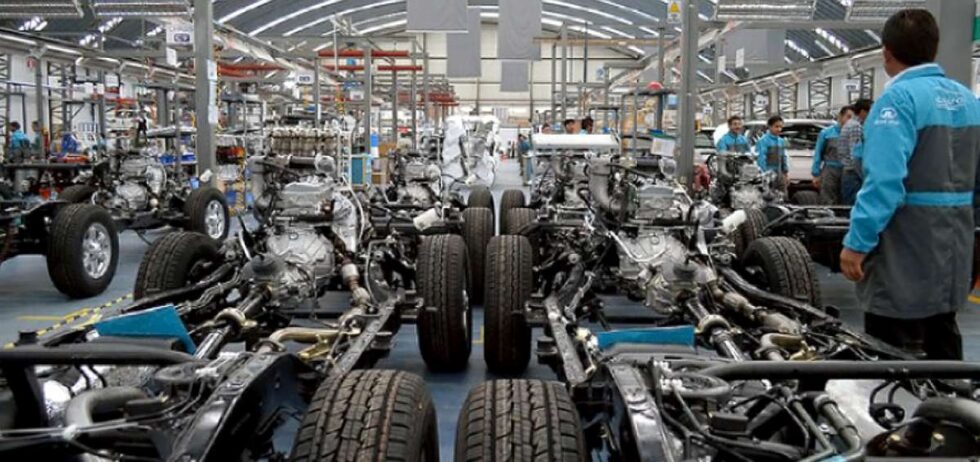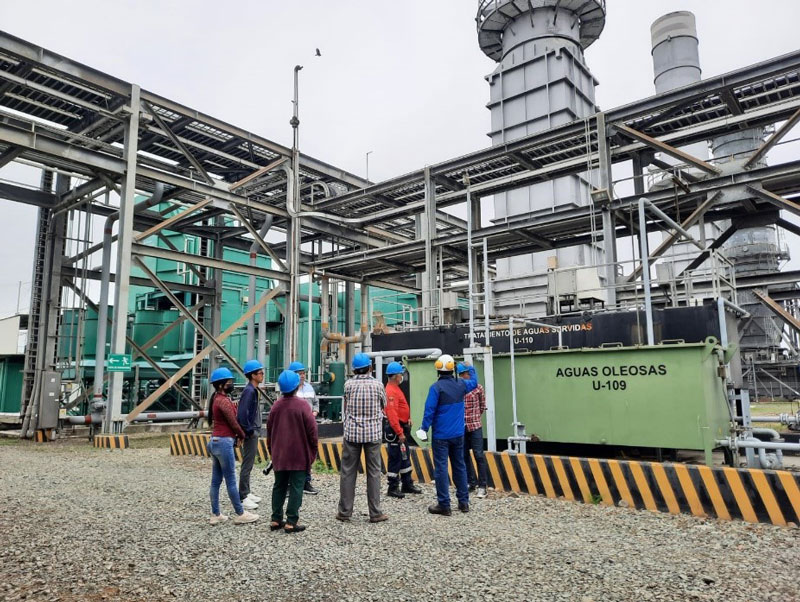Recovery is underway in Cuenca but progress is painfully slow despite low Covid count
Despite faring better that the country’s other major cities in its fight against the Covid-19 virus, Cuenca’s economy is operating at less than 50 percent capacity. “We are moving forward but the growth is extremely slow,” the city’s Chamber of Industries reported Friday. “We reactivated 137 factories and production facilities in May but have only been able to bring back about half of the workforce since the market for products has collapsed.”

Patients in the Vicente Corral Moscoso Hospital intensive care ward. (El Comercio)
Only 75 of the 235 hotels have reopened, the Azuay Hotel Association says, and those are operating at less than 10 percent capacity. “The sector is in extreme distress and even the hotels that are open are losing money,” an association spokeswoman says. “We are months away from calculating how many of our members have closed their doors permanently but we know the number will be above 50 percent.”
Although the restaurant association has not released numbers, one owner estimates that at least half of Cuenca’s restaurants will never reopen. “I don’t blame anyone for the virus since it was unpredictable,” he says, asking not to be identified. “On the other hand, the government’s and city’s management of the crisis has been terrible and has led to unnecessary bankruptcies.” In particularly, he mentioned the decision to extend the curfew and ban weekend liquor sales that ended yesterday. “Some businesses were just beginning to reopen in July when that happened. Then, they were forced to lay off employees they had just rehired.”
The story is the same for small shops, city markets, the tourist industry and informal street vendors. The municipal office that manages Cuenca’s nine municipal markets estimates that sales are 30 to 50 percent what they were before the pandemic.

Credit: El Comercio
“It is too early to know the full measure of the economic damage and it could be months more before we can,” says University of Azuay business professor Wilson Araujo. “Everyone is trying to make estimates but it is pointless because so many restrictions are still in place. Transportation, especially between cities, is still not functioning and the supply chain is disrupted. Most of all, many people have lost their jobs or suffering reductions in their earnings, so demand for goods and services is down.”
Araujo says he is particularly worried about informal workers, most of whom sell products on the streets. “Most of them are selling a fraction of what they did before the pandemic and few of them have savings to help them through hard times,” he says. “Informals make up about half of the working population but they are often not considered in the economic forecasts. There is great suffering among these people.”
Araujo questions the government’s response to the pandemic and says it has contributed to the hardship in Cuenca. “We have done much better here than other cities yet the same restrictions were applied,” he says. “We have 10 percent as many excess deaths as Manta, for example, yet businesses operate under the same rules in both cities. The problem is that that officials have applied a ‘one-size-fits-all’ solution and this penalizes cities like Cuenca.”
Numbers released by the Ministry of Health Friday show Cuenca with a mortality rate of 16 per hundred thousand while Manta has 159. The rate is 108 in Machala, 73 in Santo Domingo, 35 in Quito and 58 nationally.

















